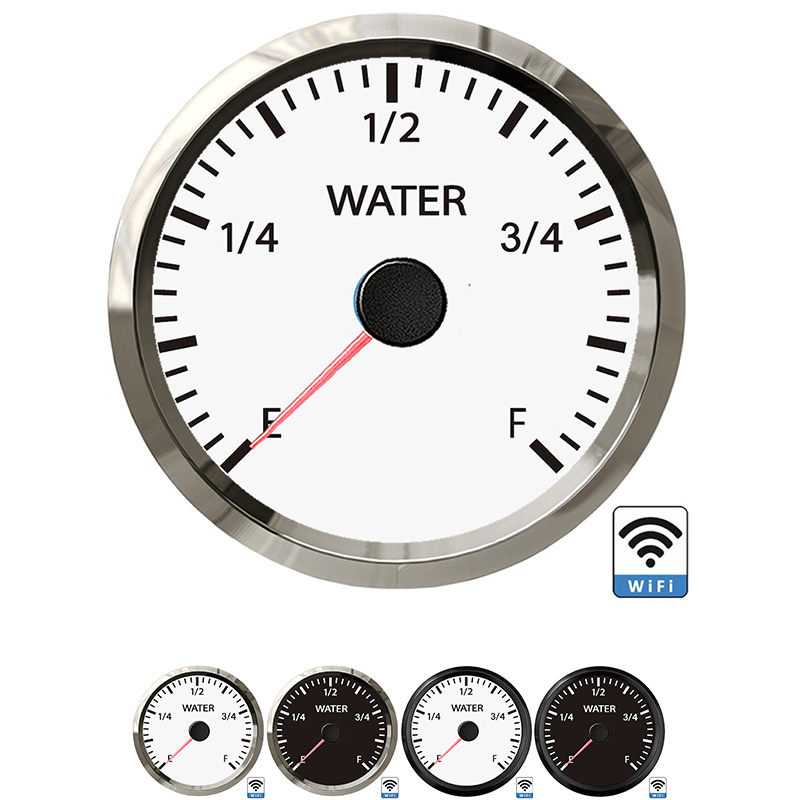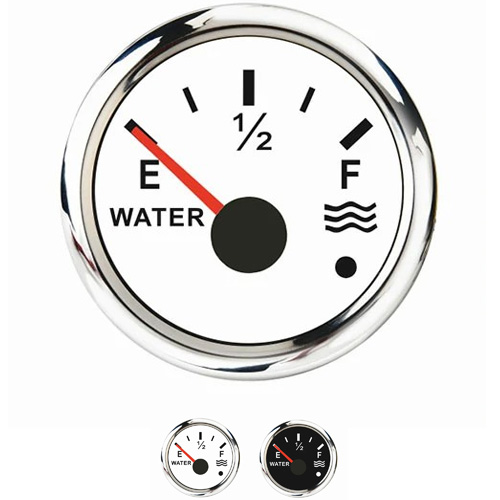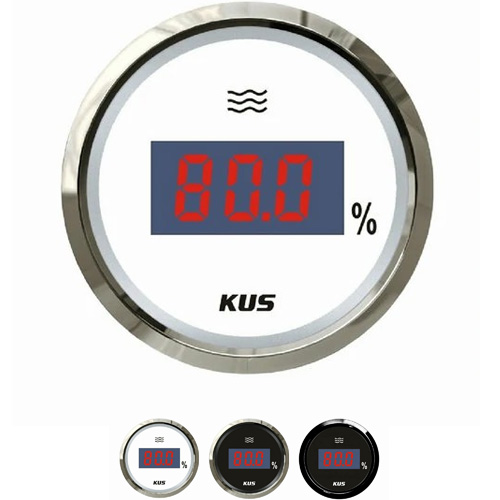radiator cap water level gauge
In general, when the radiator cap enters the water, the hose connector is most likely to crack and leak. At this time, you can use scissors to cut off the damaged part, then insert the hose back into the radiator cap water inlet connector and clamp it with clips or iron wires. If the crack is in the middle section of the hose, wrap the water leakage crack with adhesive tape. Wipe the hose before wrapping, and wrap the adhesive tape around the water leakage of the hose after the water leakage is dry. We can check the water through radiator cap water level gauge.
As the water pressure in the hose is high when the engine is working, wrap the tape as tightly as possible. If you don't have adhesive tape on hand, you can wrap plastic paper around the crack first, and then cut the old cloth into strips and wrap it around the hose. Sometimes the hose has a large crack and may leak after being wrapped. At this time, the water tank cover can be opened to reduce the pressure in the water channel and reduce leakage.
If you add water, you can clean the water tank after running tens of thousands of kilometers, and then you can change the cooling water by the way. If the coolant is added, it needs to be replaced every two years. There are a lot of high-quality long-term antifreeze. It's a good idea to add it at ordinary times. You can replace it when you wash the water tank after running tens of thousands of kilometers.
The function of the water tank is to dissipate heat from the working engine, prevent mechanical overheating, expand metal and affect the work. The water in the water tank is a special vehicle antifreeze. It can prevent freezing and high water temperature, which is higher than the boiling point of water. Generally, there is no water leakage and no water is added. It is recommended to replace it after 40000 km. We need to check the water level regularly according to the surrounding environment and the use of vehicles. If water is added, the water tank can be cleaned after tens of thousands of kilometers of operation, and then the cooling water can be replaced. And during normal operation, the water temperature is kept at about 85 ℃~95 ℃.
 English
English 






Get a Quote / Info